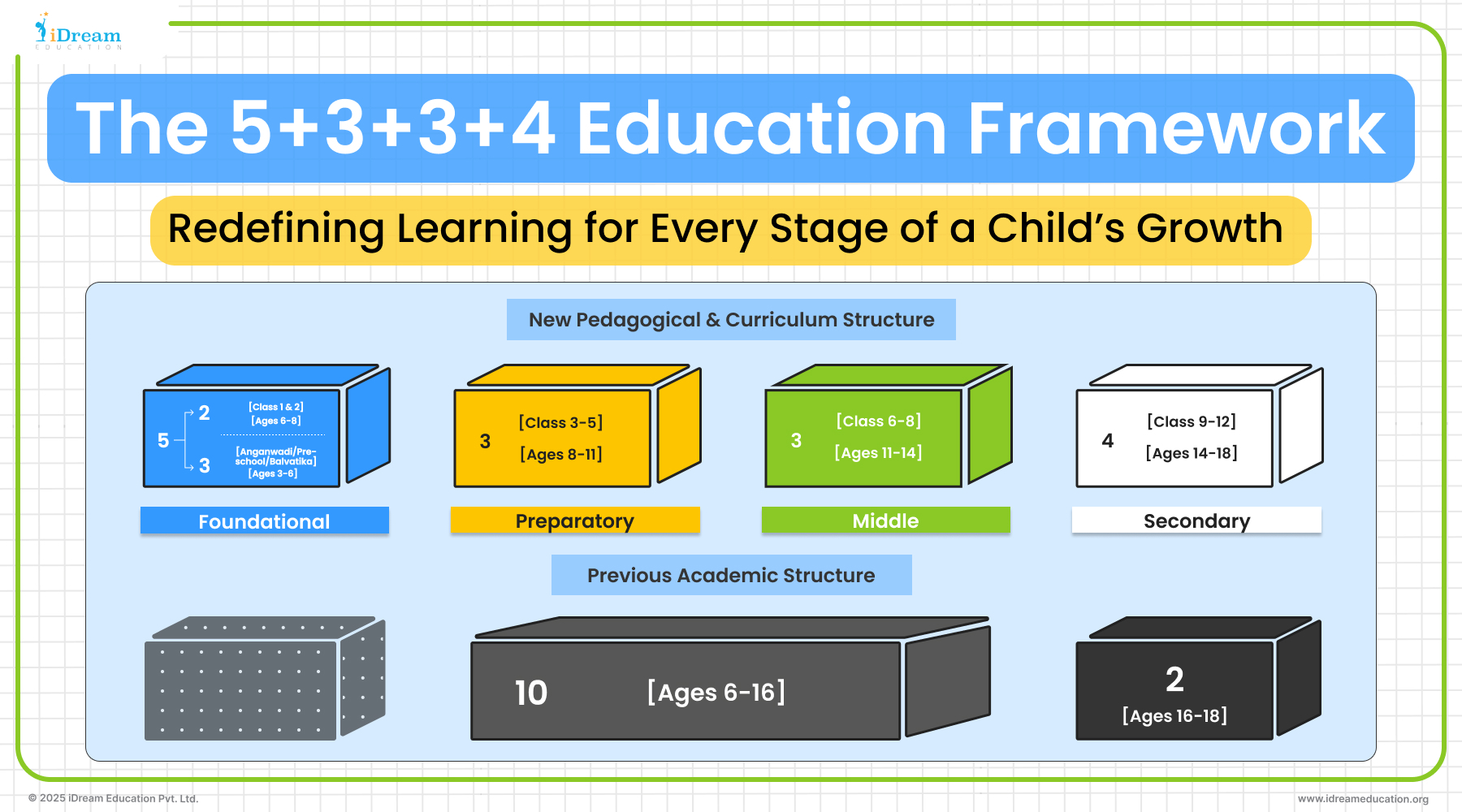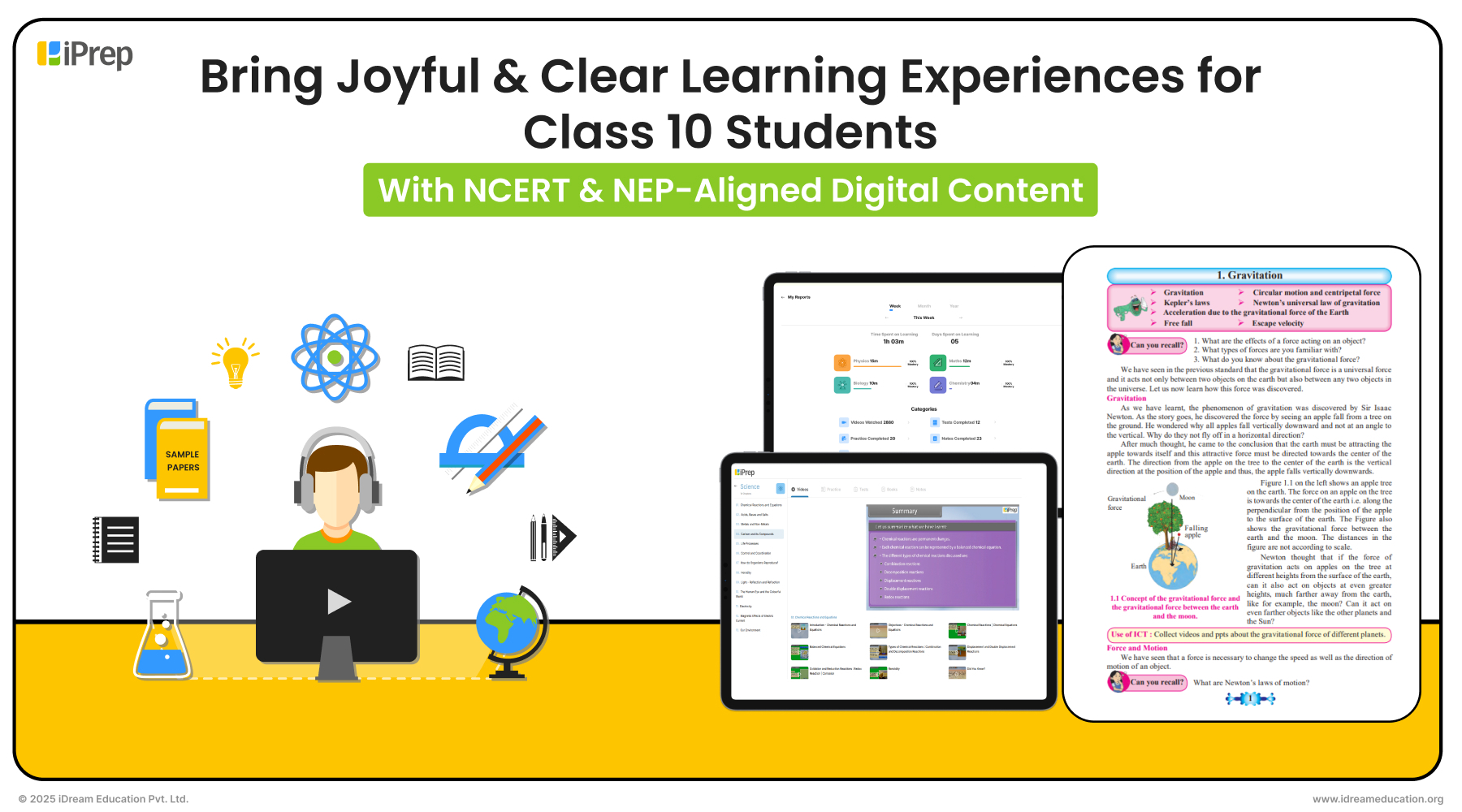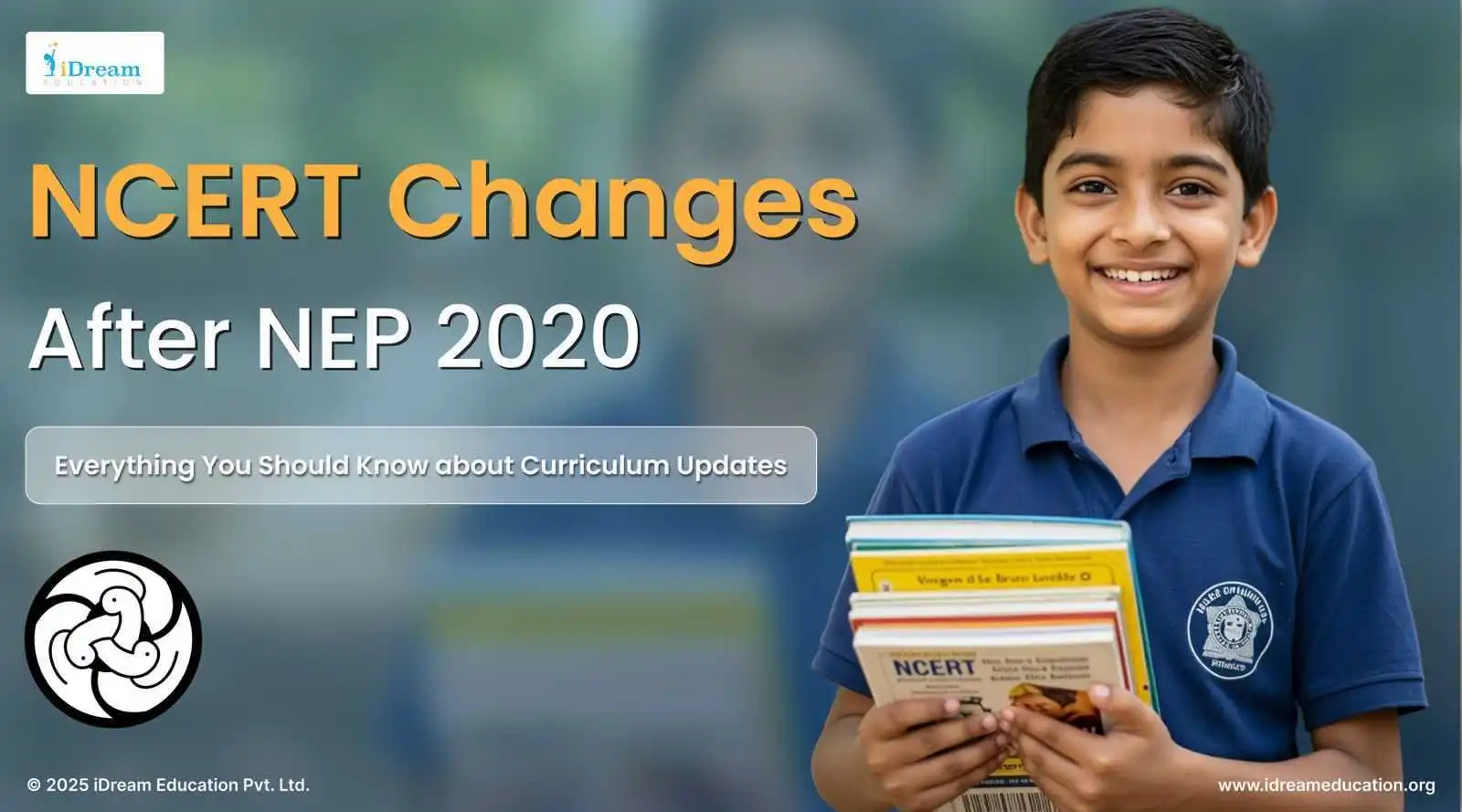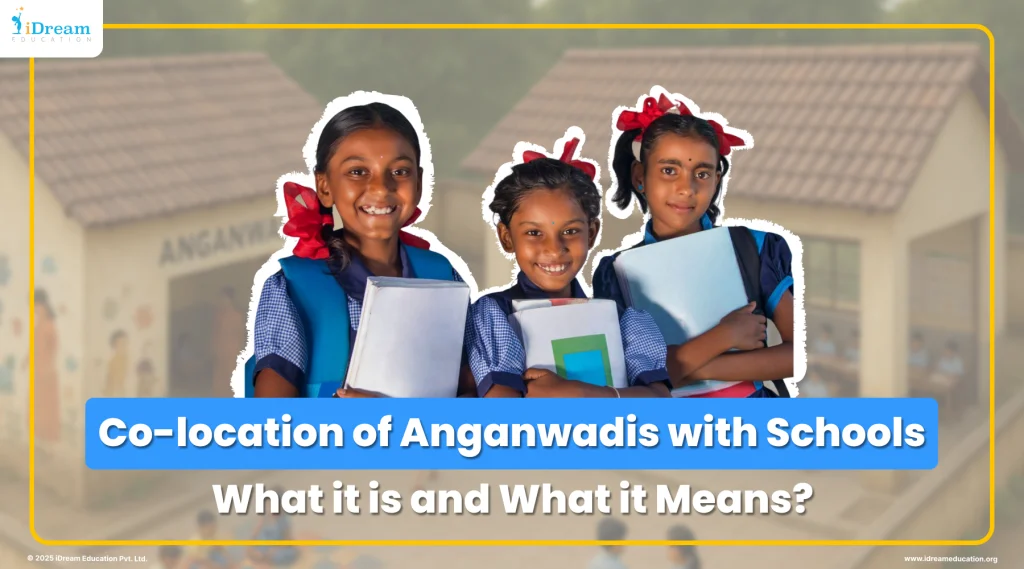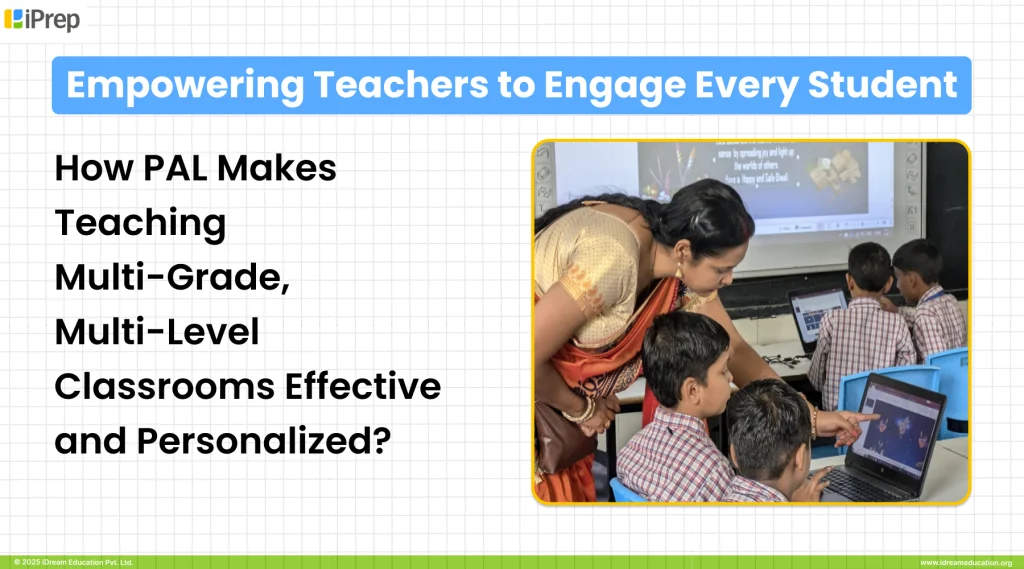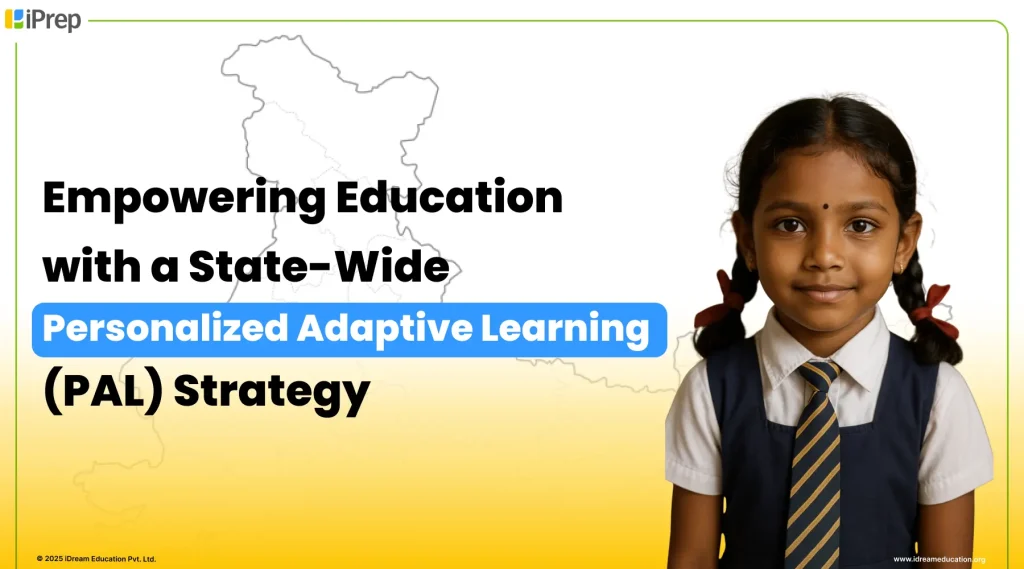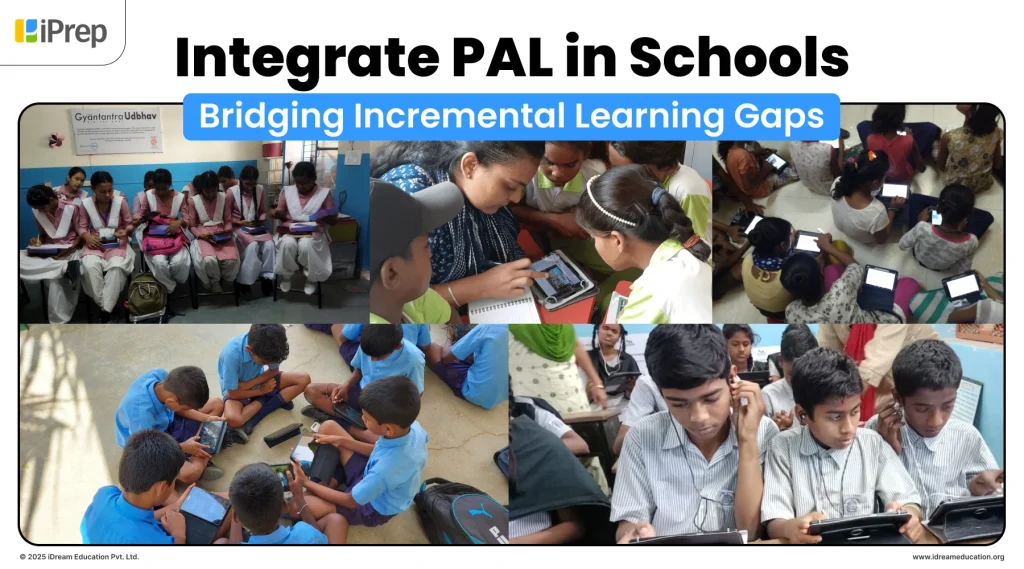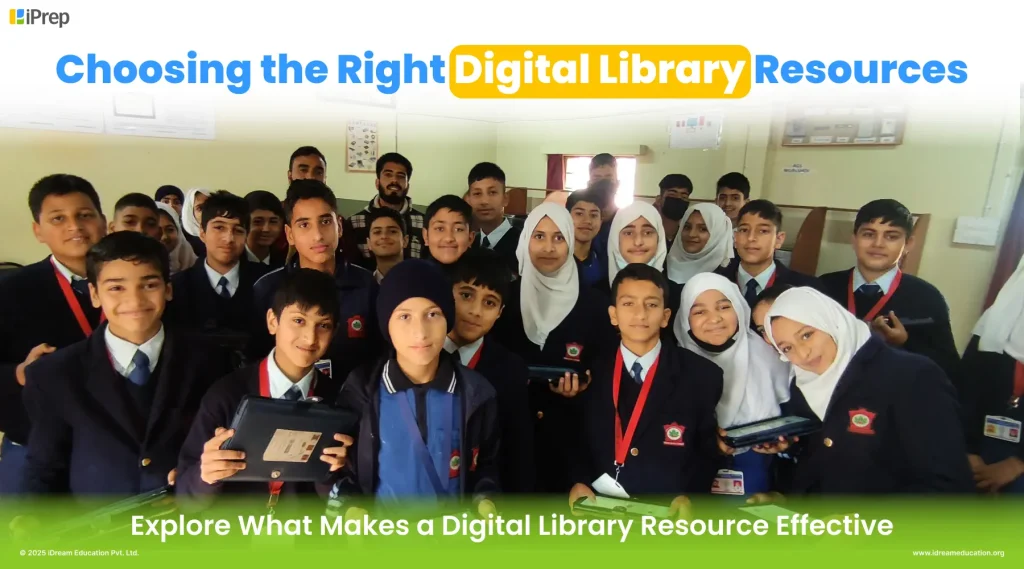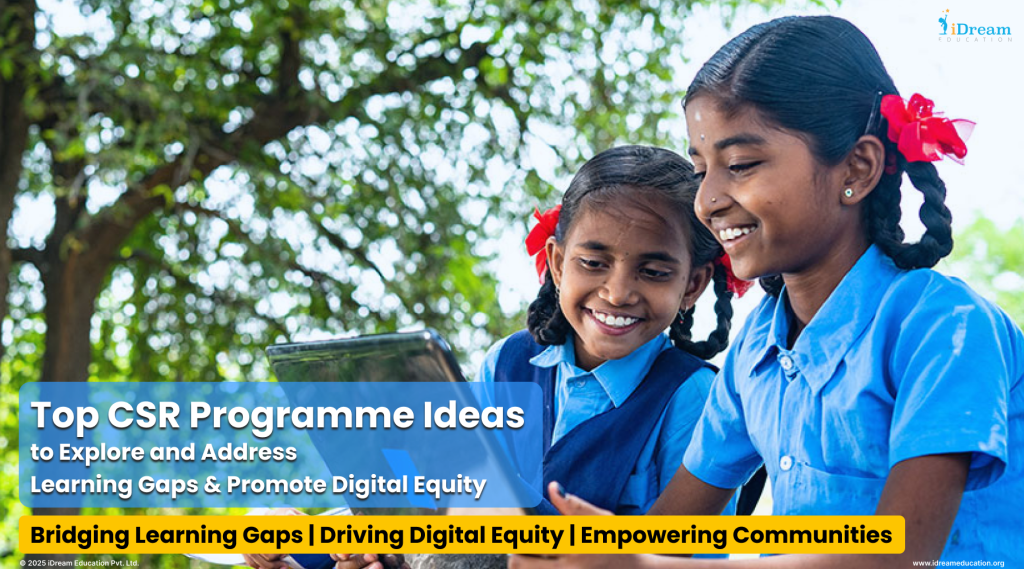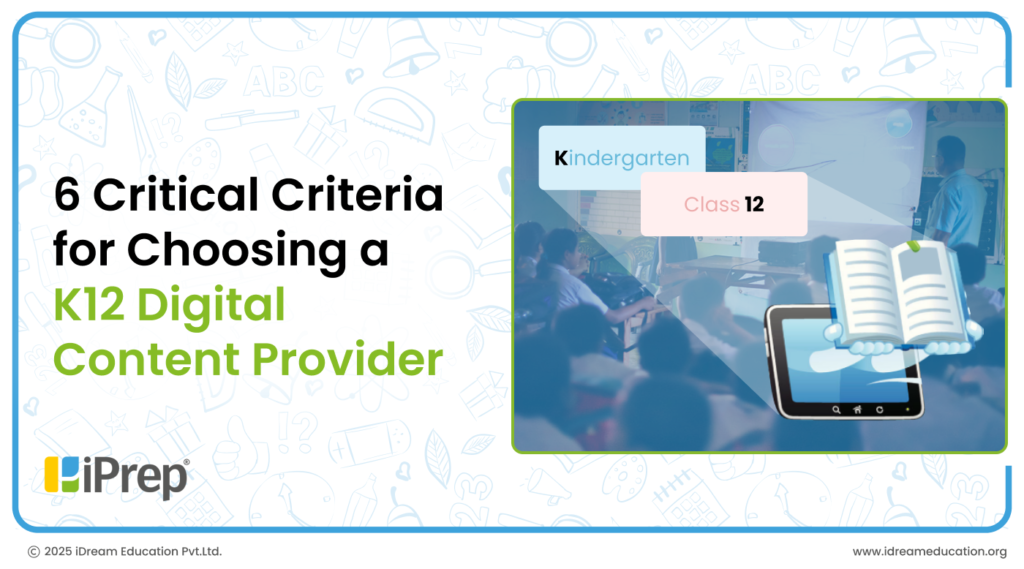
Digital content in K12 learning offers students engaging and interactive learning.
Take, for example, with their portability, searchability and interactive tools, eBooks often broaden the educational experience beyond what physical textbooks can offer.
With the advent of online and blended learning, the selection of an appropriate K12 digital content provider is critical to ensuring that students receive a high-quality, curriculum-aligned education.
However, selecting the ideal digital content provider involves a thorough process with several moving parts. Let’s consider the key factors schools need to consider when selecting a digital content provider.
Choosing the Ideal K12 Digital Content Provider: 6 Aspects You Must Verify
For Indian schools, NCERT Content serves as the backbone of structured learning, ensuring standardisation across CBSE-affiliated institutions.
Additionally, schools must consider state board-specific content needs, such as Rajasthan Board content and Gujarat Board content, to ensure alignment with regional curricula.
Therefore, to make sure there is maximum alignment with the requirements, educational institutions must follow a structured approach to evaluating digital content providers.
Here are the top criteria for choosing the best K12 digital content provider:
1. Curriculum Alignment and Content Quality
A high-quality K12 digital content provider must align with national and state education standards, ensuring content is relevant, structured, and pedagogically sound.
It should also come under the broader framework of the NEP for digital education.
To evaluate this, educators should consider:
- Accuracy & Pedagogical Soundness: Does the content maintain factual accuracy and follow best teaching practices?
- Depth of Coverage: Is the content comprehensive and structured for progressive learning?
- Relevance to Learning Outcomes: Does it match curriculum objectives and assessment patterns?
- Adaptability Across Boards: Can it cater to varied education frameworks while preserving quality?
In this context, as a leading education technology platform, iDream Education maintains complete alignment with CBSE and state board curricula, offering structured digital resources tailored for competency-based learning.
Explore our CBSE NCERT Content here.
You can also check out this video of our CBSE content for Class 1 Mathematics.
2. Technological Accessibility and Versatility
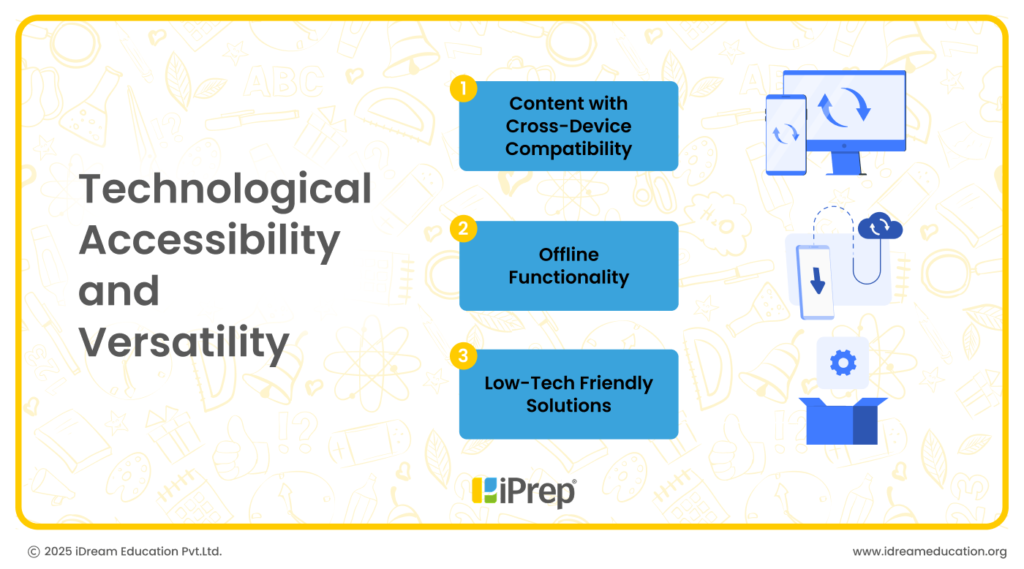
As India’s education environment is highly diverse, online content needs to be available across devices and platforms. Schools with inadequate infrastructure need flexible solutions with both online and offline functionality.
A suitable K12 digital content provider should have:
- Content with Cross-Device Compatibility: The digital content must work seamlessly across tablets, laptops, smart TVs, and mobile devices.
- Offline Functionality: Supports content delivery without internet dependency, especially in remote and underdeveloped areas.
- Low-Tech Friendly Solutions: Accessible in low-resource environments through preloaded content and lightweight applications.
iPrep, a learning super app by iDream Education, achieves this flexibility with content that runs across multiple platforms with offline accessibility, catering to miscellaneous learning environments.
3. Content Variety and Learning Engagement
Students learn differently, so digital content has to accommodate multiple learning styles using various formats like videos, animations, quizzes, and interactive exercises.
A quality digital content provider must provide:
- Multimodal Content: Interactive videos, animations, assessments, and gamified learning modules that align with NEP 2020 guidelines and the latest NCERT, NCF, and State Curricular Framework updates.
- Multilingual Support: Availability in regional languages to promote inclusivity.
- Interactive and Adaptive Learning: Tailored content that adapts to student performance.
Here, iDream Education provides a vast multilingual content repository with interactive formats accommodating auditory, visual, and kinesthetic learners and making learning inclusive and student-centric.
4. Assessment and Progress Tracking
There should be mechanisms of continuous assessment and feedback for effective learning. A strong K12 digital content provider must provide the following for monitoring student progress:
- Integrated Formative and Summative Assessments: Tools to track student understanding.
- Real-Time Performance Analytics: Data-driven insights for targeted intervention.
- Customisable Reporting: Reports that align with curriculum objectives
iPrep’s personalised assessment tools provide educators with real-time performance insights, helping educators and students track performance, identify gaps, and improve learning outcomes.
5. Cost-effectiveness and Scalability
Cost is a major concern for many schools that are adopting digital education. So, to maximise the ROI, they must consider long-term value over short-term affordability when investing in a digital content provider. The K12 learning platform should scale alongside evolving school needs.
Important factors that must be examined include:
- Total Cost of Ownership (TCO): Beyond the initial investment, does it include updates, support, and scalability?
- Flexible Pricing Models: Options for different budgets, including per-student licensing or full-school deployment.
- Future-Readiness: The ability to scale and integrate new technologies as education evolves.
6. Implementation Support and Professional Development
Even the best digital content is ineffective without proper implementation and teacher support. Schools should partner with providers who offer:
- Comprehensive Onboarding & Training: Educators must be equipped to integrate content seamlessly.
- Dedicated Support Services: Continuous assistance for troubleshooting and effective content usage.
- Regular Professional Development: Workshops, tutorials, and webinars to enhance teaching methodologies.
With tailored onboarding support and teacher training, iDream Education ensures smooth integration, empowering educators to optimise digital content for classroom learning.
Key Takeaways
Selecting the right K12 digital content provider requires a point-by-point evaluation. Curriculum alignment, content engagement, accessibility, assessment tools, support services, and cost-effectiveness need to be the priorities of the school when making a decision.
Why Partner with iDream Education?
For schools seeking to integrate organised and interactive digital content, iDream Education proves to be a reliable partner. Here’s why:
- Diverse Digital Solutions:
- iPrep Digital Class: Interactive tools for smart classrooms.
- iPrep Digital Library: Tablet-based digital libraries for self-paced learning.
- iPrep PAL: Personalised Adaptive Learning Platform.
- iPrep Tablets: Preloaded devices with monitoring capabilities.
- iPrep App: A unified learning platform across multiple devices and operating systems.
- Curriculum Alignment: Content aligned with NCERT, CBSE, and state boards for classes 1 to 12.
- Multilingual Support: Educational content available in English, Hindi, and various regional languages to cater for linguistic diversity.
- User-Friendly Platforms: Intuitive design for teachers and students, supporting both offline and online usage.
- Personalised Learning Paths: Adaptive technology delivers tailored learning experiences based on individual student needs.
- Comprehensive Reporting: Built-in dashboards for tracking student progress.
Explore how our solutions can benefit your institutions’ performance. Contact us today!



